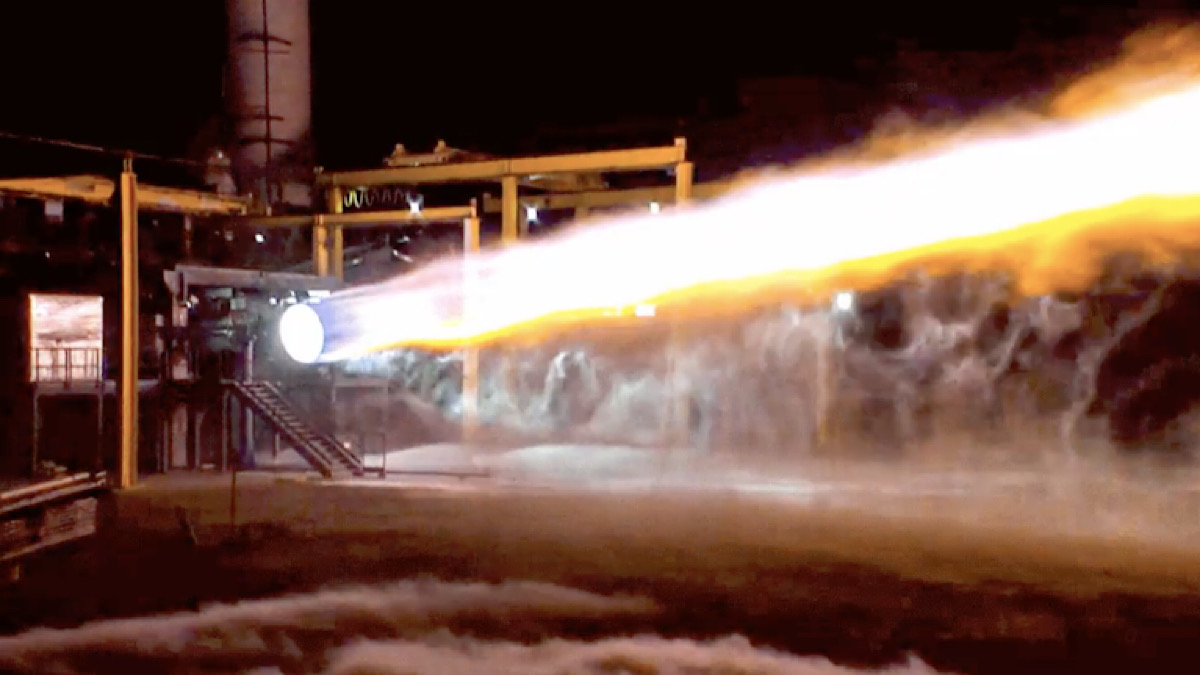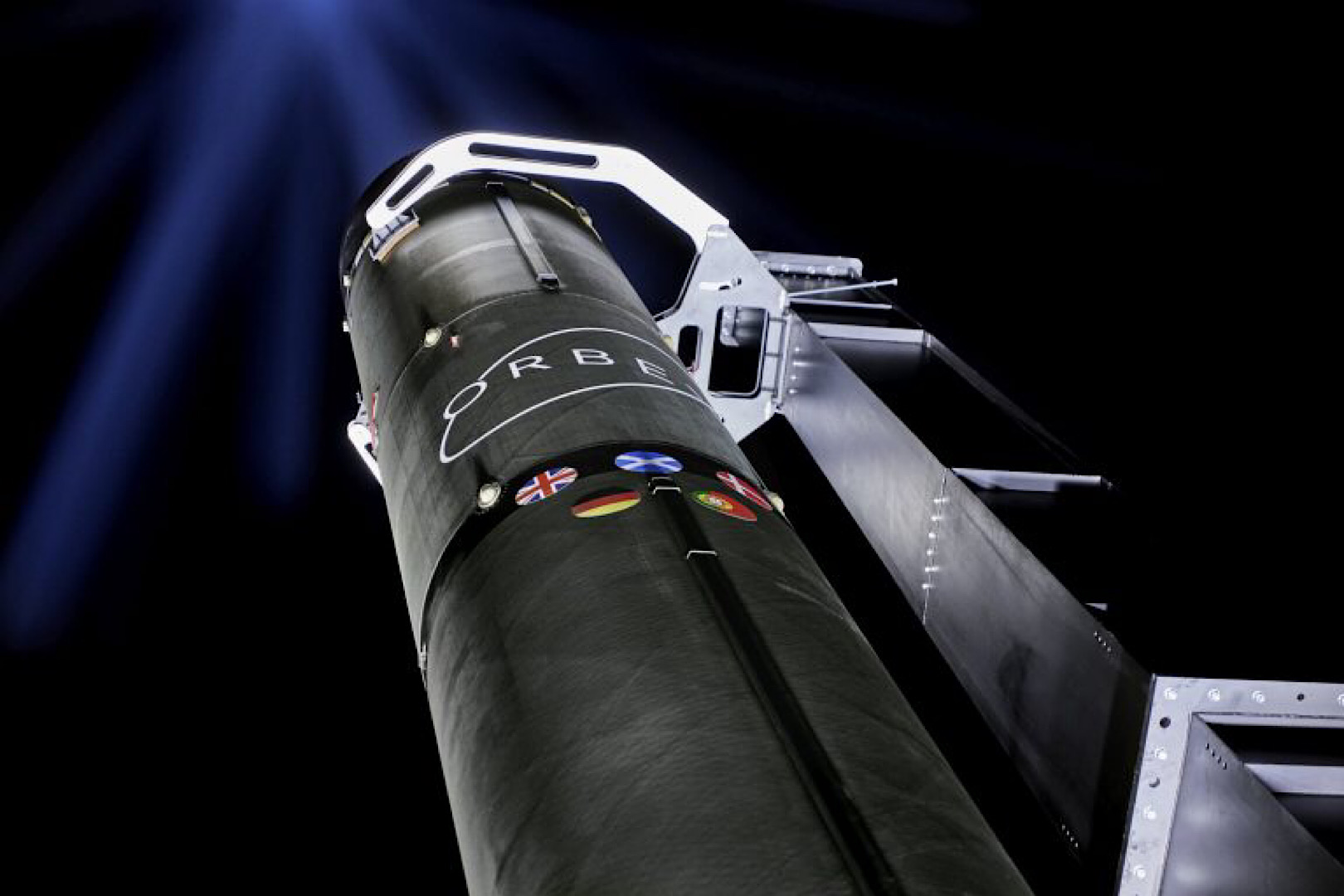The Space Elevator is one of those ideas that seems to have an endless supply of lives. Originally proposed about a century ago, this concept calls for a tether of supermaterial that connects a station in orbit to Earth’s surface. Our planet’s rotation would keep this tether taut, and a system of “climbers” would transport people and payloads to and from space. The engineering challenges and costs associated with such a structure have always been enormous. But every generation or so, new research comes along that causes engineers and space agencies to reevaluate the concept.
The single-greatest challenge has always been the tether since no known material has ever been strong enough to handle the stresses involved. But as it turns out, this issue may finally be resolved! According to scientists with the International Space Elevator Consortium (ISEC), a cost-effective manufacturing process could produce graphene ribbons that are strong enough to fashion a tether! Their latest findings are detailed in a paper they will present at the upcoming 2022 International Astronomical Congress in Paris.
The research was led by Adrian Nixon, a graphene and 2D materials scientist, a Royal Society of Chemistry member, founder and editor of Nixene Publishing, and a board member of StellarModal and the ISEC. He was joined by Dennis Wright – the Vice President of the ISECIBM and a former researcher with the Stanford Linear Accelerator Center (SLAC) National Accelerator Laboratory – and Dr. John Knapman, a former AI specialist with IBM, a member of the British Interplanetary Society, and the Managing Director of the ISEC.
Continue reading… “A New Method for Making Graphene has an Awesome Application: A Space Elevator!”












